Municipal Solid Waste
The management of solid waste is a complex and evolving process in Hong Kong. Here you can learn about municipal solid waste, where we dispose of it, how landfills are being reused, and other ways in which waste is being managed.
What is Municipal Solid Waste?
Municipal solid waste in Hong Kong includes the following sources:
- Domestic solid waste, which comes from households and public areas, including waste collected from residential buildings, litter bins, streets, marine areas and country parks.
- Commercial & industrial solid waste, which comes from shops, restaurants, hotels, offices, markets in private housing estates as well as all industrial activities, but does not include construction and demolition waste, chemical waste or other special waste.
The amount of municipal solid waste generated each year in Hong Kong is enormous, given that the city houses over 7 million people and is a regional centre of commerce.
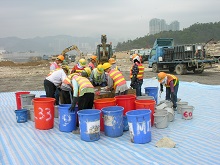
Disposal at Landfills
Currently, most of the municipal solid waste in Hong Kong is disposed of in the following landfills:
- West New Territories Landfill at Tuen Mun
- North East New Territories Landfill at Ta Kwu Ling
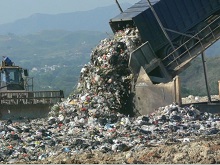
However, these sites will be completely filled by the mid 2020s if the level of waste continues to grow at the current levels. To help ease this problem, the Environmental Protection Department has placed a high priority on promoting waste reduction and recycling. But much of the waste that cannot be recycled still requires disposal, and the Government is planning waste management facilities that will reduce the size of bulk waste and recover some resources that are currently ignored. Other actions include examining possible extensions of the existing landfills and identifying sites for new landfills.
Locations and features of existing landfillsRestored landfills
There are 13 restored landfills in Hong Kong and their restoration works were completed between 1997 and 2006 to minimise their potential adverse impacts to the environment and to render them safe for beneficial use. The Government has started converting restored landfills into recreational facilities such as recreational ground, sports facility, park, etc.
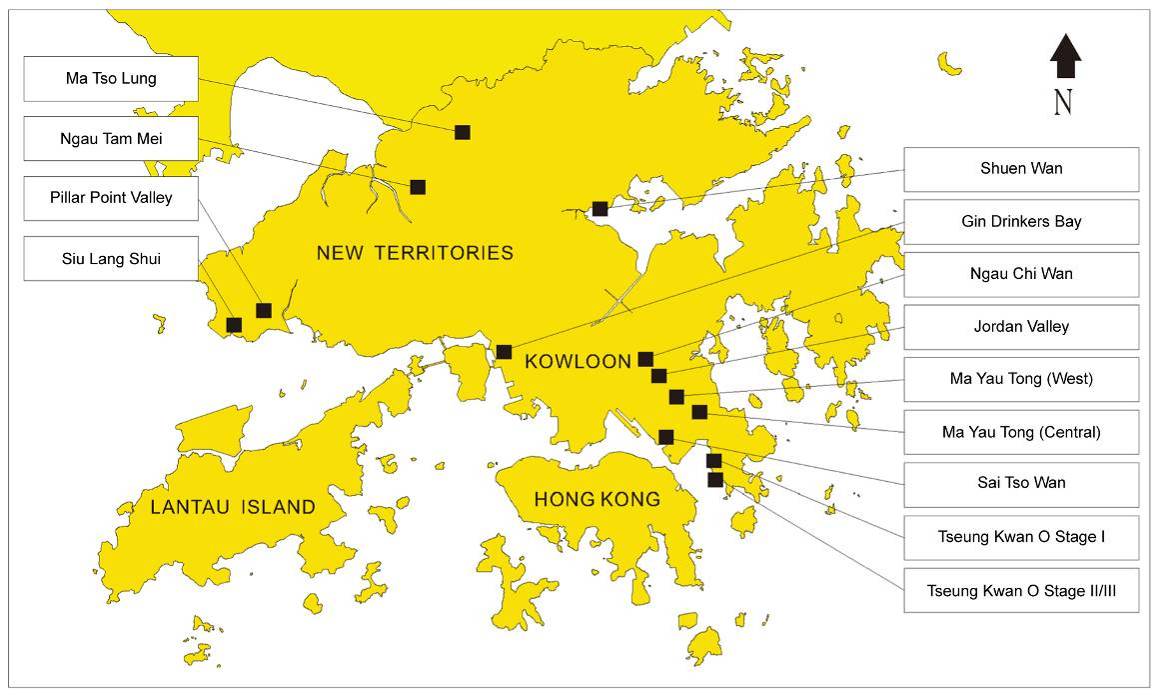
The site of the restored Sai Tso Wan Landfill has been converted into a recreation ground that was opened in 2004. The recreation ground offers:
- Multi-purpose baseball cum soccer grass pitch for baseball or football
- Baseball batting cages
- Children’s playground
- Jogging track
- Changing rooms
- Car park

A major feature is that recycled materials were used in the recreation ground.
Parts of the restored Gin Drinkers Bay Landfill have been developed into the Hong Kong Jockey Club International BMX Park and a temporary cricket ground which were opened in 2009 and 2018 respectively. Another part of the site has been used for development of Kwai Chung Park. The BMX Park offers:
- A 350 metre International Standard BMX track and a 60 metre development BMX cycling track
- Pro-shop and management office
- Canteen facility
- Equipment and ancillary stores
- Changing rooms
- Car parking facilities
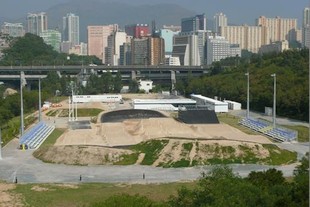
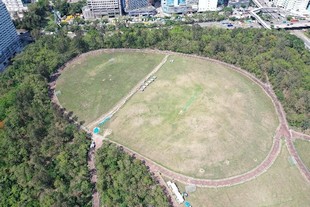
The site of the restored Jordan Valley Landfill has been developed into Jordan Valley Park which was opened in 2010. The Park offers:
- Radio-controlled model car racing circuit
- Horticultural education centre
- Community garden
- Children’s play areas
- Elderly exercise corner
- Jogging track
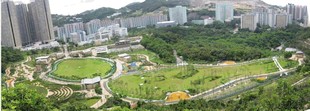
Developed at the restored Ngau Chi Wan Landfill is Ngau Chi Wan Park. The Park was fully opened to public in 2010 and offers:
- Archery field
- Jogging trail
- Elderly fitness corners
- Children’s play areas
- Basketball court
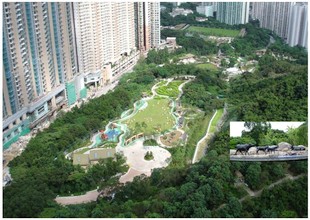
Part of the restored Ma Yau Tong Central Landfill has been converted into a sitting-out area. Adjacent to Lam Tin Park, the sitting-out area was opened to the public in early 2011.
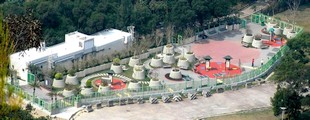
Part of the restored Ma Yau Tong West Landfill has been converted into sitting-out area which was opened to the public in September 2011.
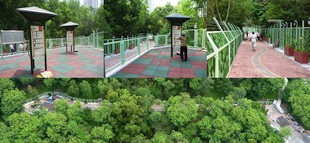
Waterfront of the restored Tseung Kwan O Stage I Landfill was developed into a cycle track cum footpath and was opened to the public in June 2012.
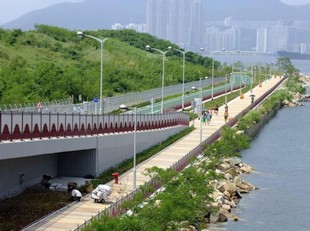
Part of the restored Tseung Kwan O Stage I Landfill near its Wan Po Road main entrance was developed into a pet garden which was opened to the public in June 2013.
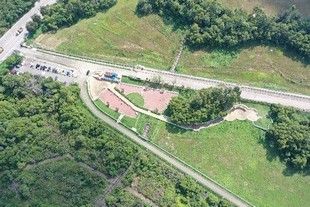
The south-west platform of the restored Tseung Kwan O Stage I Landfill was developed into a football training centre which was opened to the public in August 2018.
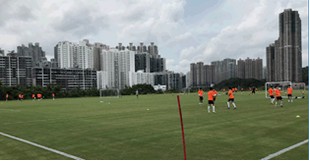
The top and middle platforms of the restored Tseung Kwan O Stage II/III Landfill are temporarily used by various government departments as an Unmanned Aerial Vehicle (UAV) Training Field for land surveying and aerial photography.
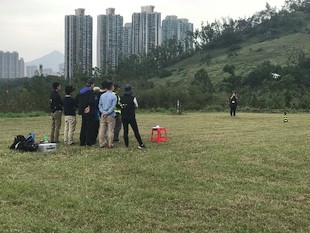
The site of the restored Shuen Wan Landfill was previously developed into a 145-bay temporary golf driving range which was opened to public from April 1999 to July 2022. Subsequently, the site has been granted to a developer under a non-in-situ land exchange* for the development of a private golf course.
(*For the long-term conservation of Sha Lo Tung (SLT), the Government granted an area of land at the Shuen Wan Restored Landfill to a developer in exchange for its surrender of the ecologically important private land in SLT to the Government.)

Other Solutions
The Government's primary objective is to reduce waste production and promote increased recycling. Environmental programmes for different sectors of society have been designed to change habits, especially in separating municipal solid waste at the source and in recycling. Producer responsibility schemes have also been put in place, under which everyone who produces waste pays the cost of its collection, recycling and proper disposal. The Government is developing regional modern large-scale organic resources recovery centre in phases to turn source separated food waste into useful resources by advanced biological treatment technologies. The Government has also developed an EcoPark, in which long term land is provided for establishment of recycling industries and environmentally friendly product manufacturing enterprises. The objective of these measures is to build a future with less needless waste disposal.
More on waste recycling